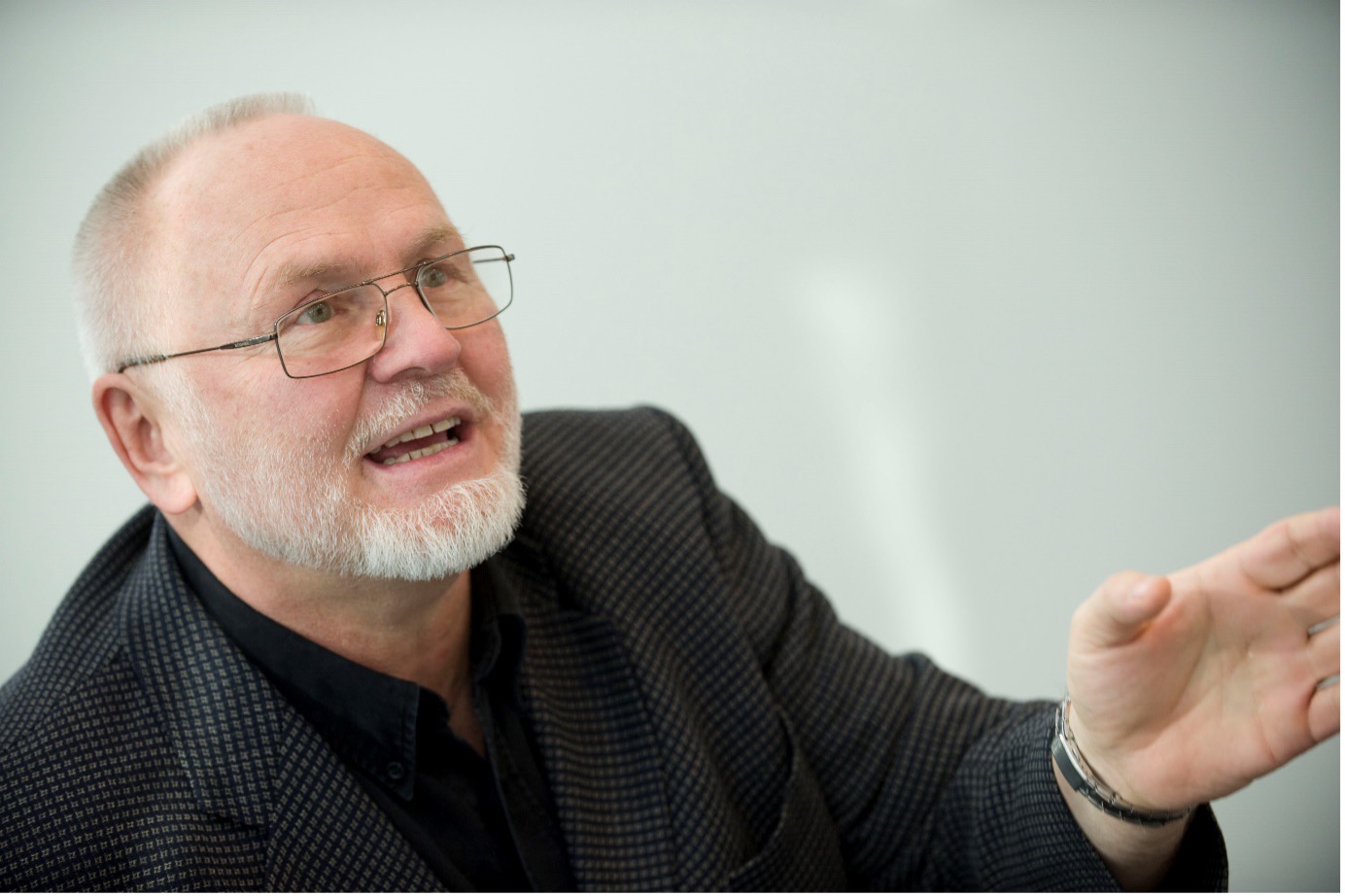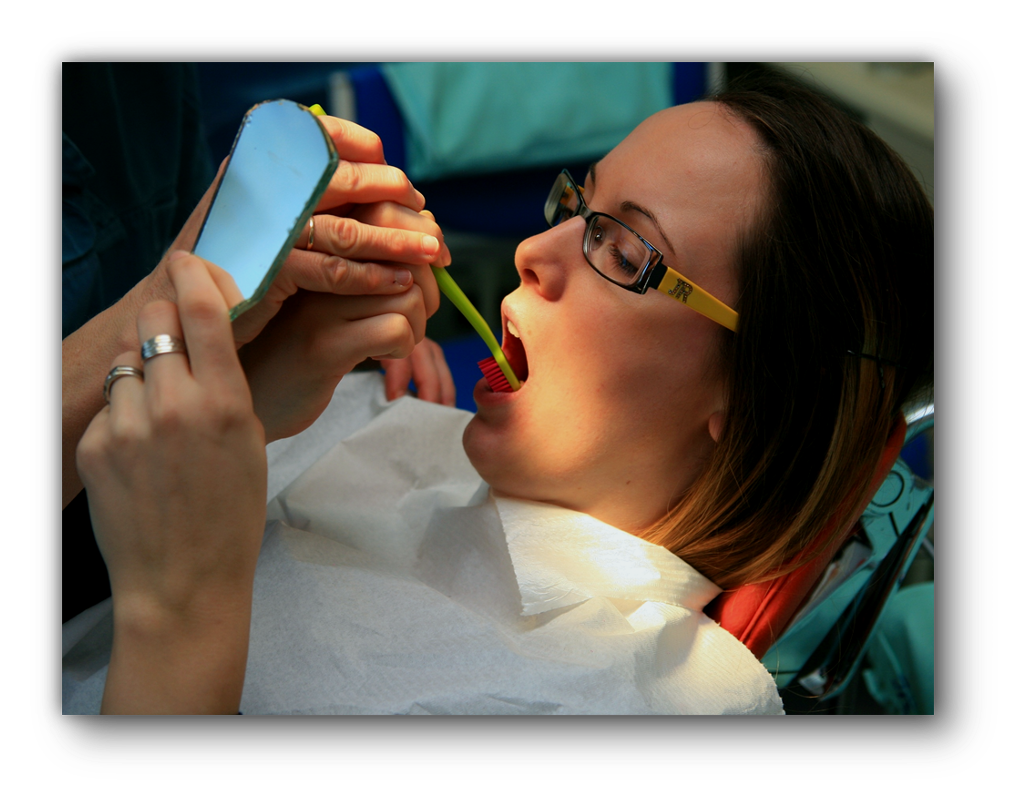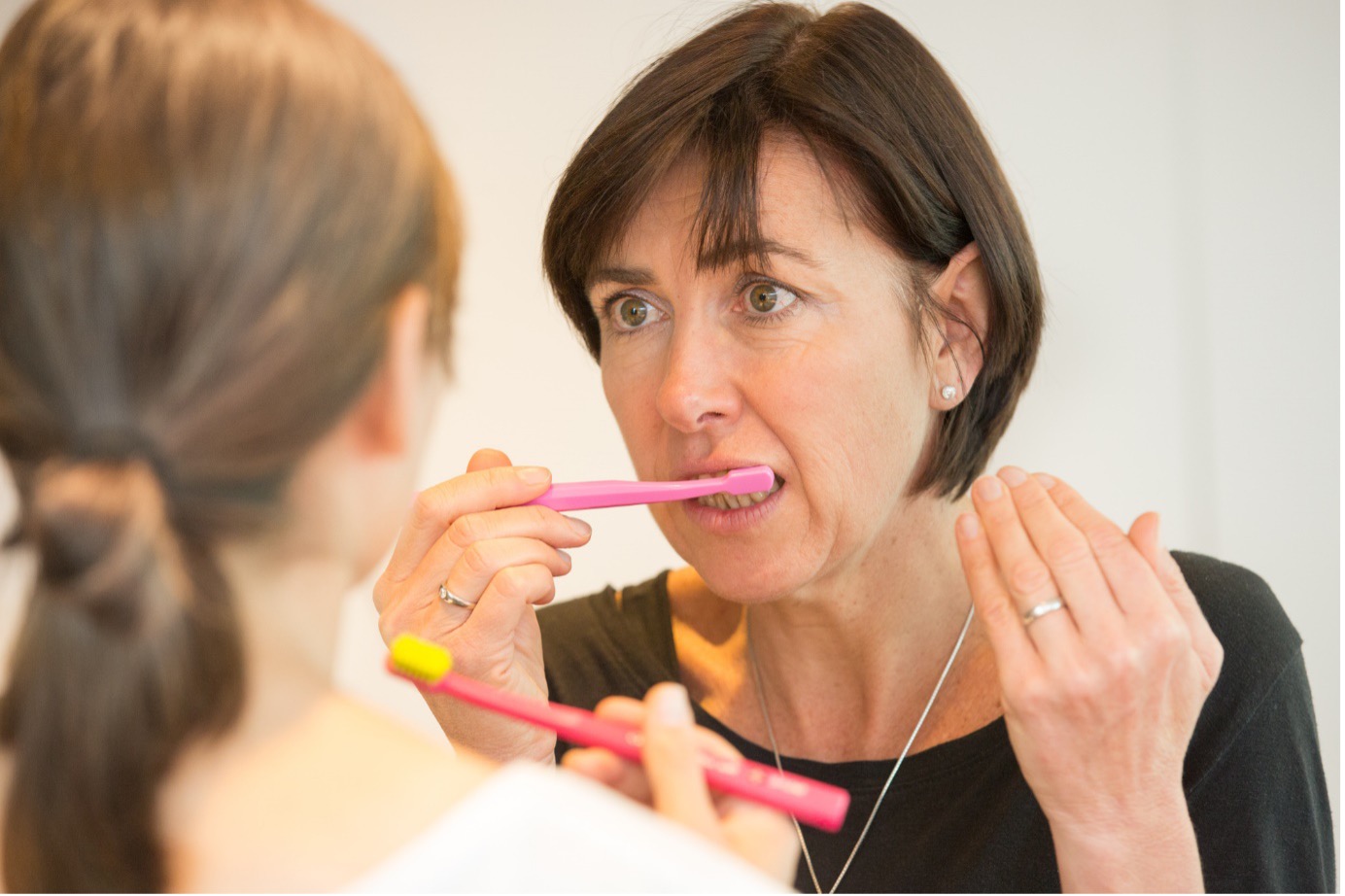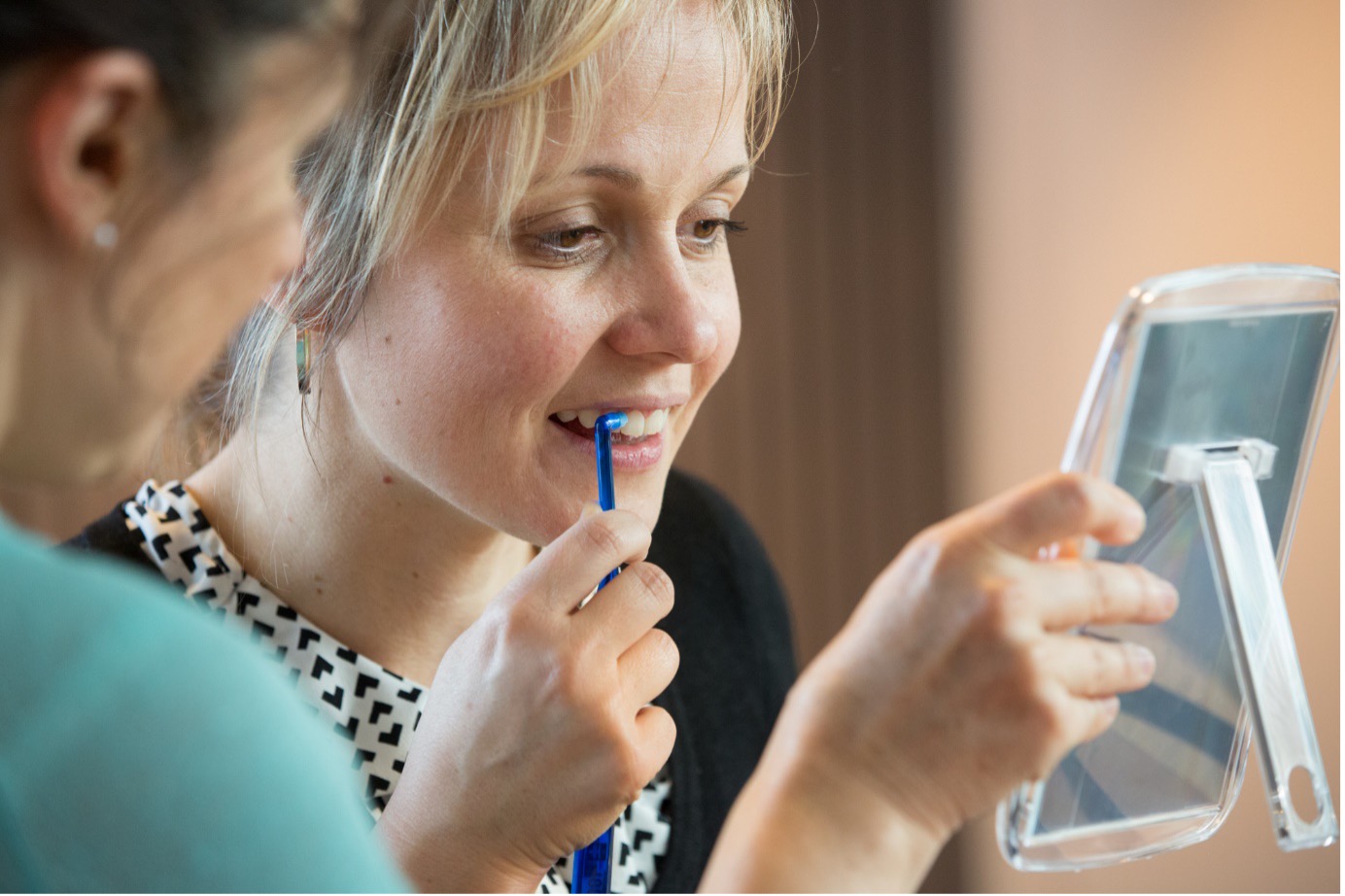iTOP
Mastering Mechanical Biofilm Control with Individually Trained Oral Prophylaxis (iTOP)
iTOP criteria and T2T method
iTOP represents a transformative shift in oral health care, emphasising personalised and sustainable prevention. It equips individuals with the knowledge and techniques necessary to maintain optimal oral health. At its core, iTOP is more than a practice—it is a movement that champions prevention as the backbone of oral health and overall well-being.
iTOP was developed by Dr. Jiří Sedelmayer and further promoted by his wife, Dr. Lucie Sedelmayer. His journey began with a hands-on teaching program at Hamburg University, which later evolved into the iTOP concept in its finalised form in 2006. Dr. Sedelmayer’s approach, including the “Touch to Teach” (T2T) method, emphasised hands-on training for dental professionals. This approach allowed dental professionals and patients alike to perfect brushing and interdental cleaning through direct, tactile feedback. His innovations, such as the introduction of the IAP (Interproximal Access Probe), BOB (Bleeding on Brushing) score with ID brushes, have made a lasting impact on oral health education and practice worldwide.
iTOP combines evidence-based practices with the T2T method to ensure that prevention becomes a cornerstone of oral care, empowering individuals to take control of their dental health with precision and confidence.

Dr. Jiří Sedelmayer
Touch to teach technique
Dr Lucie Sedelmayer
iTOP criteria
The fundamentals of iTOP lie in its three “pillars” — essential criteria for the individualised selection of devices and techniques for mechanical plaque control.
These criteria are:
- Acceptable: Devices and techniques must align with the patient’s needs and preferences, ensuring they are “easy to use” and suitable for daily use. This promotes patient engagement and consistency in their oral care routine.
- Effective: The selected devices and techniques must deliver efficient biofilm removal, ensuring optimal oral health outcomes without causing damage to the teeth or gums. This ensures the long-term effectiveness of the chosen method.
- Non-Traumatic: The devices and methods should be gentle, minimising any risk of injury or discomfort while ensuring the safety of soft tissues and enamel during the cleaning process.


